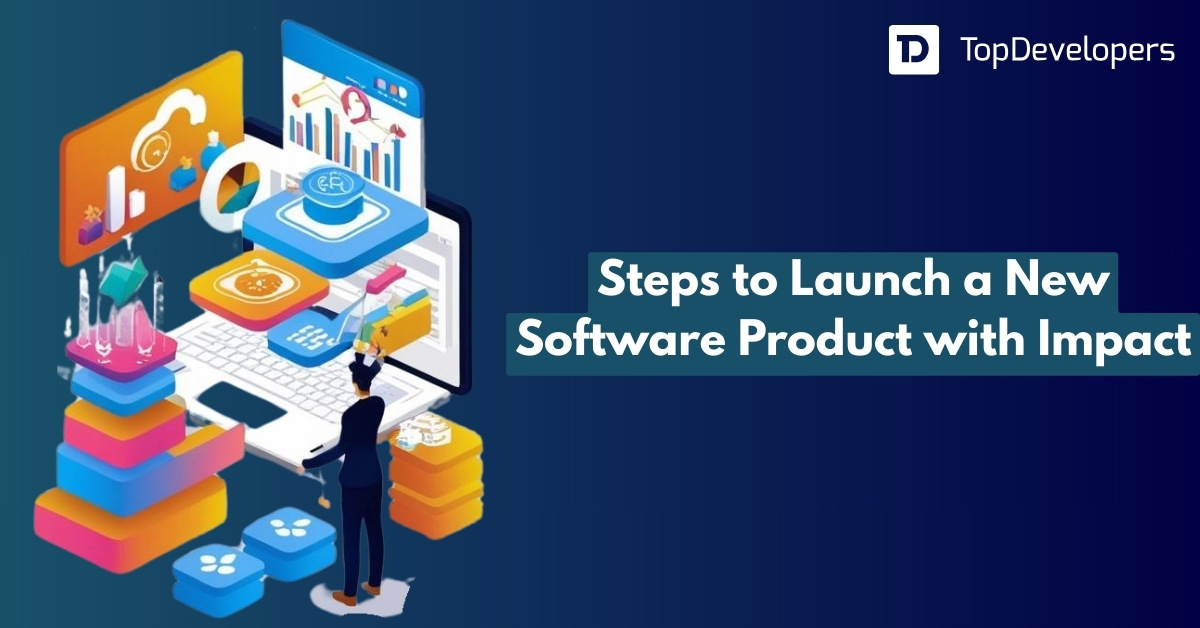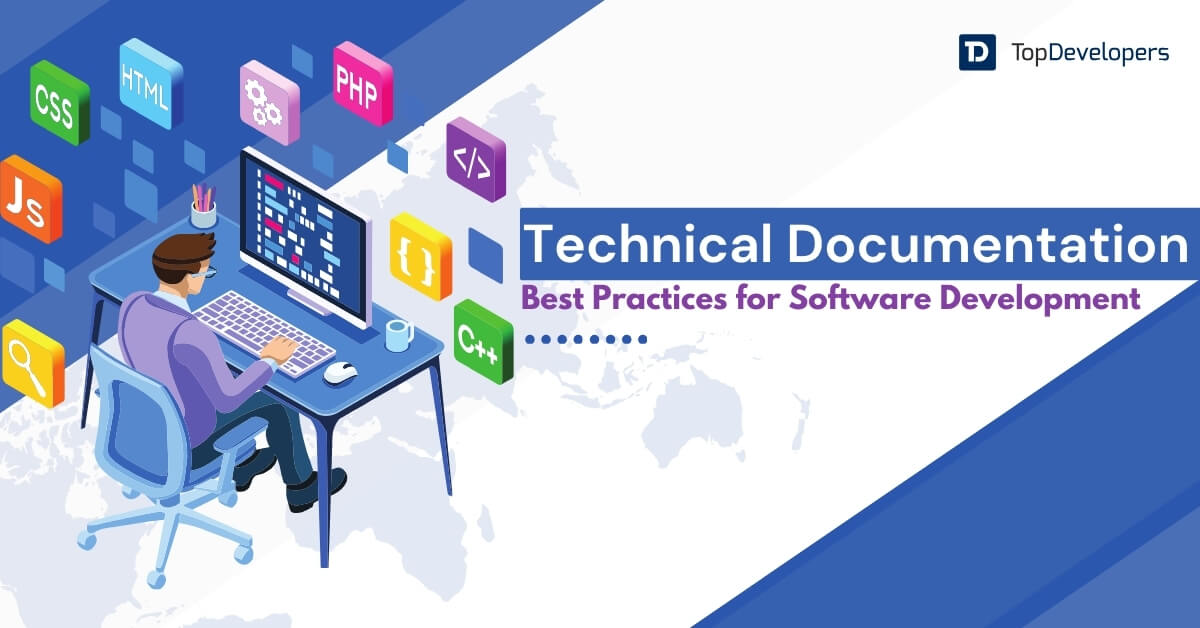
The software development world is plagued with many myths and false assumptions. Myths and false assumptions act as roadblocks for people who want to adopt software development in their business. Software development can lead to significant cost and time savings for a business. If you, as a business, that’s not opting for software development due to these myths, then you are losing out on unprecedented growth for your business.
In this blog, we will try and dispel some myths regarding software development.
There are many myths that surround software development but the top software development companies know how to burst those myths and help you enlighten yourself about the various aspects of software development and the processes involved and take an informed decision.
These myths are the obstacles for most businesses and those that embrace growth with software development are those businesses that define success. Here are the most popular myths regarding software development to help you take an informed decision about your business growth.
Table of Contents
- Myth #1: A few programming languages are better than others
- Myth #2: The waterfall method still works the best
- Myth #3: Software development is costly
- Myth #4: A bigger team means faster development
- Myth #5: You can easily add a new feature to your existing software
- Myth #6: It is good to go with the latest technologies
- Myth #7: An in-house team of developers is better than outsourcing
- Myth #8: It is possible to build a perfect software on the first try
- Myth #9: Quality assurance is not essential
- Myth #10: The job is finished once the software is released
- Software Development Myth Buster!
Myth #1: A few programming languages are better than others
Software developers are biased towards certain programming languages. Hence, you, as a business person, might often hear from the developers that a certain programming language is much better than the other. It’s like choosing between Italian and French food. Some people will like Italian food, and others will swear by the quality of French food.
We agree that there are some specific features that make a programming language better than the other programming language in one aspect. But, if you look at the big picture, then you will find that there is no holy grail in programming. While some coding languages might be better in one aspect, others will be better in other aspects.
The best programming language should be chosen according to the comfort level of the software developers and your project’s requirements. This way, you can ensure that your software development solutions are always up to the mark.
Myth #2: The waterfall method still works the best
Waterfall is among the well-known software development methodologies. There are a huge number of old-timers who still believe that the waterfall method is the best software development method.
The major issue with the waterfall method is that in the dynamic world of software development, it is nearly impossible to specify each and every detail before you start building the system. The fact is that the waterfall method is a very inefficient method for executing a software development project.
Many people have a myth about agile that agile makes any sort of planning. The fact is that whether agile method or waterfall method, any software development method requires some sort of planning. The difference between the agile and waterfall models is the way in which this planning is done.
Waterfall has a lot of constraints in terms of flexibility and adaptation, as it requires you to specify every minute at the very beginning of the software development project.
On the contrary, agile is a very flexible process as it allows you to make changes and adjustments as the project moves ahead.
Myth #3: Software development is costly
You can consider this the most popular software development myth. Many companies drop the idea of developing custom software just because they think that software development is prohibitively costly.
Contrary to popular belief, software development is a cost-effective process if you choose your software development vendor correctly. There are a lot of software development companies in the world today. With increased competition, the cost of developing software has also come down over the years.
Moreover, the software development cost can be significantly reduced if you choose to outsource your software development project to a developing nation like India. Don’t make the mistake of not going for software product development just because you think that software development is costly.
On the contrary, the fact is that custom software development is not expensive in the long run, and there are many top software development companies that will build your software in a cost-effective manner.
Myth #4: A bigger team means faster development
A common myth surrounding software development is that in case you miss out on something in the planning phase, you can always add developers at a later stage to accelerate the process of software development.
People tend to confuse software development with mechanical processes like manufacturing goods. Contrary to other industries, in software development, more is not always better. Adding more people to an ongoing software project, in most cases, slows down the process instead of speeding it up.
This is because when you add new people to your software development team, you need to onboard them on the project and communicate the details of the software project to them. You could have spent this time developing the software product instead of making new developers acquainted with the product.
Myth #5: You can easily add a new feature to your existing software
Many people think that you can start with basic requirements and add new features in due course. This is the wrong way of interpreting MVP (Most Viable Product) development. Although MVP development has its own set of benefits, you should not ignore critical features during software development, thinking that you can add them at a later stage.
This happens because you do not have clear requirements in mind when you start building the software project. This will lead to loss of money and time and even lead to software project failure in some cases. You need to have proper software documentation to accelerate the development process and ensure high product quality.
If the requirements keep on changing, then it is very difficult for the software development team to conduct proper tests before they launch the product. This can affect the quality of the software product. That’s why it is okay to leave some room for changes, but the core features of the software application should be planned well.
Myth #6: It is good to go with the latest technologies
Contrary to popular belief, the latest technologies in software development aren’t always the best ones. Rather than choosing the latest technology, always choose a tech stack for software development that suits your specific requirements. Understand that however good the latest software development technology is, it won’t do much good to your project if it doesn’t fit your tech stack.
Myth #7: An in-house team of developers is better than outsourcing
Understand that building an internal team of developers and maintaining them is a very time and resource-consuming process. This is because you need to interview candidates, onboard them, provide them healthcare and other benefits, etc.
Hiring an in-house team of developers can also lead to cost overruns. This is because you need to acquire office space and provide desktops, laptops, and other equipment to your in-house team of developers. This is over and above paying them their benefits and salaries.
And after all this, you will get no guarantee that your in-house team of developers will deliver a good product. Instead, you can outsource your project to a top software product development team to build a software product.
Software development outsourcing has become a standard industry practice in recent years. Software development outsourcing provides businesses with instant access to top-notch software developers with skills and experience. Apart from this, you get the benefit of cost-effective software development if you choose to outsource your software product development to a developing nation.
If you choose the correct team, hiring remote developers is much better than hiring an in-house development team.
Myth #8: It is possible to build a perfect software on the first try
Many people believe that the complex task of software product development can be finished perfectly on the first try. This is far from the truth. Most software development teams follow an iterative approach to software development, where they start small and test the idea before going all in.
The MVP or Minimum Viable Product is generally the first version of the custom software product, which is far from perfect. The idea is to understand what works and what doesn’t before building the entire product. Software development cannot be finished on the first try, and there will be many iterations before the final software product is released.
Myth #9: Quality assurance is not essential
Many business owners believe that QA is a non-essential and time-consuming process, and it can be skipped. The reality is that software testing is an integral part of the software development process. A robust QA process will ensure that the final product is devoid of bugs.
Dedicated Software testers have the responsibility of assessing various aspects of software, like its performance and usability. By investing some budget into Software QA testing, you will ultimately save money and reputation in the long run.
Myth #10: The job is finished once the software is released
A software project is not finished once it is released. The thing is that just like living organisms, every software product has its own life cycle as the market dynamics are constantly evolving. You need to constantly upgrade your software according to the changing market dynamics and user requirements. Apart from upgrades, every software product requires a robust maintenance procedure to ensure that it is up and running always.
Software Development Myth Buster!
We hope that through this blog, we have been able to dispel the most popular software development myths. Do not get entangled in these myths and refrain from opting for software development, as it can provide great value to your business. The best way to know about the facts surrounding software development is by asking the experts. So contact a top software development company and talk with them about your fears and queries and then ask how custom software can help you grow your business better.
 Avantika Shergil
| Jun 7, 2022
Avantika Shergil
| Jun 7, 2022
Avantika Shergil is a technology enthusiast and thought leader with deep expertise in software development and web technologies. With over 8 years of experience analyzing and evaluating cutting-edge digital solutions, Avantika has a knack for demystifying complex tech trends. Her insights into modern programming frameworks, system architecture, and web innovation have empowered businesses to make informed decisions in the ever-evolving tech landscape. Avantika is passionate about bridging the gap between technology and business strategy, helping businesses build customized software and website, and understand about different tools to leverage effectively for their ventures. Explore her work for a unique perspective on the future of digital innovation.





